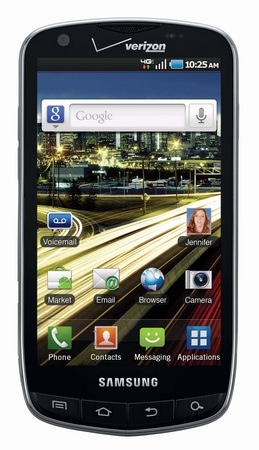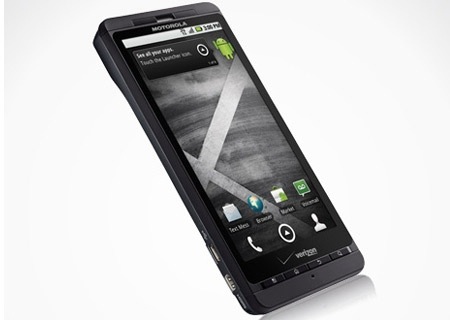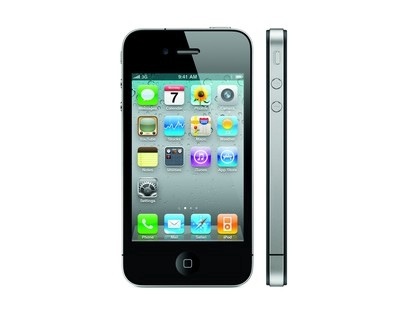Now, the launch of iMessage has brought up a very different question: Do we really need SMS at all? Its a well known fact that text messaging has been the longest, most widespread, and far most egregious instance of wireless providers overcharging for a service. Each text message sent is really only a few bites of information being sent around, and yet people pay 20 cents per without a plan. Even at $20 for unlimited, you’d have to send millions for the price to be justified. But before the dawn and success of the smartphone, it was the best way to fire off a small tidbit of conversation. Now that simply isn’t true. RIM, Apple, soon Windows Phone, and even some rumors of Android, all have or will have alternative quick messaging options built into their phones.
I am most certainly not the first person to notice how this may shake up the industry. Nilay Patel (formerly of Engadget) wrote up a great editorial on This Is My Next calling for the death of the phone number. He points out that Apple, Google, and Microsoft are all getting into the position of eliminating the carriers’ plans. None have gotten to that point yet, but its definitely a possibility in the near future. I don’t think the phone number should die. Its incredibly useful and really isn’t that different from a username, and we still need them for business if nothing else. But I do propose a drastic change.
For years, the carriers have refused to admit that they are just dumb pipes, managing networks that allow the transfer of data in many different forms to various devices. The separation of voice from texting to internet data usage is ludicrous at this point because the internet can do all of these things very easily, ultimately using their existing network. All one carrier has to do is accept that role, realize that all that consumers want is for them to fulfill that role, and come up with the following plan:
Throw away your preconceived notions of plans. There will be no more set allotment of minutes and texts and internet usage. All you do is pay for a bucket of usage (metaphorically speaking, of course). The carrier merely sets a rate for how big your bucket is. What you do with that bucket is entirely up to you. Voice calls and video conferencing would be done just like existing VoIP services like Skype, and texts wouldn’t really be texts, but data sent through apps on your device. The phone number can hang around still for these purposes, although most people could easily get by using Facebook Chat these days. In areas where 3G is scarce or nonexistent, traditional calls and texts could be done, but there’s no reason to charge more for doing so. Your web browsing, app downloading, and content streaming would all come through the same usage allowance as your calls. I know many people pay for way more minutes than they actually use simply because there’s no cheaper option available. The buckets would eliminate this problem.
Beyond monthly costs, there’s one other big advantage to this system: device freedom. Right now, carriers want you to have a separate plan for a 3G connected tablet, or get a tethering plan, which costs a lot extra for using your existing data connection that you already pay for. But with the bucket system, you just pop your SIM card into a tablet or another phone, even a computer, and just keep on going. ASUS is attacking this problem head on with two different devices. The Padfone turns your phone into a tablet and there’s really no reason for the carrier to know about it. The Eee Pad MeMo 3D is a 3G-enabled Android tablet that comes with the MeMic Bluetooth handset that is the perfect size to hold up to your face to talk, or use as a remote control. A carrier using the bucket system wouldn’t care at all what device you were using since its now all the same stuff to everyone involved.
The only sacrifice that would be made for consumers would be the loss of unlimited data plans. But let’s face it, they are on their way out anyway. AT&T ditched them a while ago, and Verizon is maybe only weeks away from following suit. T-Mobile’s plans now have roofs that don’t cost extra to pass, but you’ll have your service throttled significantly down in speed. Sprint aims to be the final carrier to offer the truly unlimited data plan. But the bucket system wouldn’t need unlimited most likely anyway, under one condition: What you do when connected to Wifi does not touch your limit. This only makes sense because the wireless provider isn’t the pipe, the ISP is. AT&T’s limited data plans do this now, but talking on the phone should follow this same rule. T-Mobile is the only carrier that chooses to allow WiFi calling, but all WiFi enabled phones on all carriers are capable of it. Since the bucket system does away with minutes, they’d have no reason to continue this practice. The transition might be hard to explain to the average consumer at first, but there could easily be simple tools to convert minutes used and texts sent from their previous plans into gigabyte form.
The problem is getting the carriers on board. As far as I’m concerned, only one carrier would actually go for it at this point: Sprint. AT&T and Verizon would certainly not jump in on this until someone else did first. T-Mobile was a progressive company, but due to the potential AT&T buyout, they’d never make such a drastic change. That leaves Sprint, and they now hold the title for most progressive, as proven by their crazy move to integrate their services with Google Voice. They have a network capable of handling it and the need to attract more customers. And I know I’m not the only person attracted to this idea. Carriers could still offer contracts for those who want cheaper devices, something that would keep them very happy. This would also push a lot of people into a smartphone, meaning more sales revenue for manufacturers. I think that, if done properly, everyone involved would benefit greatly from this kind of arrangement. Now to see if it ever actually happens.




